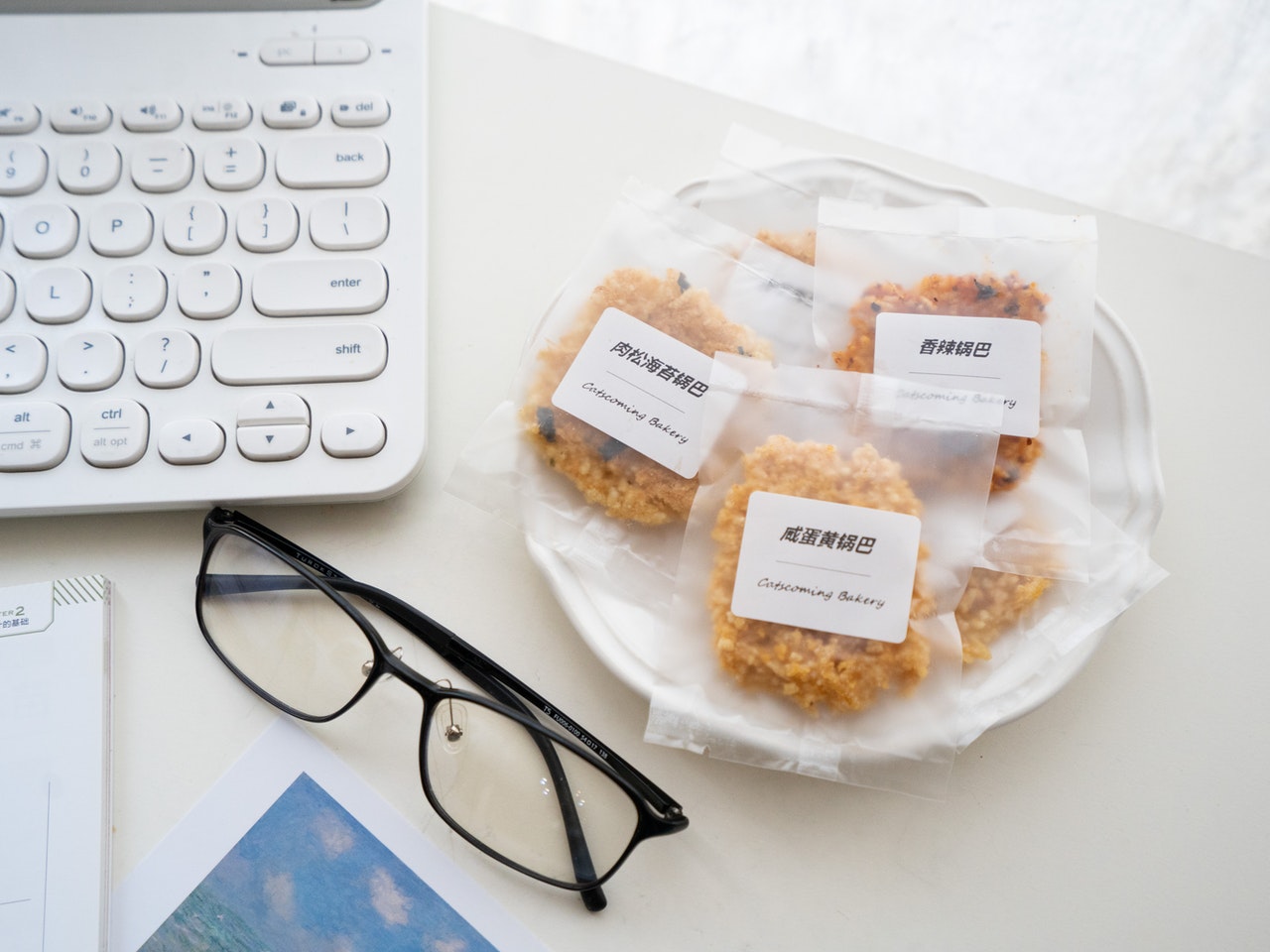Bringing a new and exciting food product to the market can be an overwhelming experience, with lots of regulations to meet and factors to think about before your product is out there on the shelves and available to customers.
One of the biggest factors that you will need to consider when bringing your new product to the market is the type of packaging that you will display it in. The packaging plays a huge role in not only keeping the product inside safe but providing your customers with more information about its contents, quality, cooking instructions, appeal, and much more.
Here is what to consider when choosing to package your food product.
1. Eco-Friendly Concerns
Today, more and more customers are looking for food that is packaged in a way that is as kind as possible to the environment.
From reducing waste to using as many materials that are recyclable as possible, there are several things that you can do to ensure that your product packaging is environmentally friendly.
Flexible packaging is something that different sectors benefit from and can include a range of features such as self-supporting bags and resealable enclosures, which tend to be eco-friendlier than single-use options.

2. Food Safety
Another key factor to consider when choosing to package your food product is the safety and preservation of the food inside.
Consider the type of food product that you are designing packaging for and how it is going to be transported and stored. What type of packaging is going to offer the best protection to the food while still ensuring that it is appealing to customers?
Will the packaging need any specific reinforcements to ensure safety and keep the food product intact when in transit on the way to the shelf?
3. Customer Appeal
While it is important to consider the practicalities involved with designing packaging for your food product, another major concern is how appealing it will be to your customers.
The visual design of your food packaging can make all the difference when it comes to enticing your customers to purchase your product instead of a competitor’s.
Take a look at similar products that are on the shelves and selling well and consider what you could do to make your product jump out and appear even more appealing.
4. Customer Information
Finally, your packaging needs to be designed in such a way that it is easy for your customer to find all the information that they need.
Ensure that you leave enough space on the packaging for ingredients and nutritional information, along with cooking instructions where needed. Make sure that the packaging contains information about any food allergies or safety concerns, such as how long to store the food after opening the packaging and where it should be stored to preserve its quality.
If you are introducing a new food product to the market, the packaging that it comes in can make all the difference to its success and reputation. Consider how you will use packaging that appeals to customers both visually and by being eco-friendly while thinking about safety and important customer information.
5. Brand Identity
Establishing a brand identity is so much more than just having a logo visible on the product.
Brands are recognized and people look for the ones they like. With branding, customers find familiar products among maybe thousands that compete.
In addition, brand identity is vital for packaging purposes because of some clear reasons:
- Loyalty
There is no brand out there that becomes synonymous with an item without branding. You need to create packages that are rememberable and that respect the branding rules you set up.
- Tell a story
People rarely buy from brands they do not know much about and telling the story of your brand is always something that is beneficial. For instance, if you sell GMO-free foods, sharing why you made the choice of focusing only on such products can help increase loyalty and awareness.
- A sign of company stability
Branding is very effective at assuring your customers that the company is stable. For instance, with really huge brands like Hostess or Borders, there are some problems people know. This is why smaller companies are expected to have even more problems.
Branding allows you to increase the reputation and increase customer confidence so potential buyers actually make a purchase.
- The company seems bigger
So many small companies make the huge mistake of saving money by not hiring professionals to handle branding. As a result, the appearance of the packaging is not professional. Customers can end up repelled.
When branding is on-point, the company will actually seem bigger than it is.
6. Function, Form, And Beauty
When food packaging is designed, it is not at all a bad idea to think about architectural design services. Packaging has to be very attractive but at the same time, it needs to be fully functional.
As an example, if you use compostable bags to strengthen the brand but they are very loud, people will not buy them. Functionality is lost.
7. Packaging Should Compliment Contents
Different foods need different packaging based on shipping needs and other considerations.
For instance, chips have to be inside a good container that will protect them from shipment breaking. Perishable goods will require packaging that can easily deal with condensation or refrigeration.
Also, you have to think about customer expectations. For instance, soup cans without pop-tops will be disappointing for numerous customers. Wax is often used for cheese packaging but not for other products. Examples can continue.
The point is that packaging should always meet customer expectations, be original, and respect current food safety laws. This is definitely a very difficult balance. However, if you manage to make the factors work well together, you gain huge benefits.
The best example of packaging that perfectly compliments the product and more is Pringles with its iconic chip canister. It is capable of protecting chips, preserves flavour in a very good way, and fully meets expectations coming from the customers.

8. Keep Things Simple
Last but certainly not least, there are countless food influencers out there that criticize everything. As a result, the best thing you can do is to actually simplify packaging. You should not have busy labels and numerous colours that just make things too complex.
Modern product packaging design represents the product’s main focus in just one image placed in the packaging’s central area. The rest tends to be filled with a single colour. Such a style is timeless and can easily rise over all other trends.
At the same time, customers will perceive the product as being clean, especially when compared with similar products that have way too many elements added. Even design versatility can be increased with a simplistic approach.
Whenever the food product has something special, it needs to be used as a central packaging design theme.
For instance, let’s say the packaging is fully bio-degradable. In this case, you want to showcase exactly that. Are there only simple ingredients present? The main ingredient can become the package design focus.
Final Thoughts: New Food Product Packaging
Food product design is not as simple as you might believe at first glance, especially because of the huge competition on the market right now.
As a result, consider the tips below and seriously consider working with a product design professional.

I am Adeyemi Adetilewa, an SEO Specialist helping online businesses grow through content creation and proven SEO strategies. Proficient in WordPress CMS, Technical Site Audits, Search Engine Optimization, Keyword Research, and Technical Writing (Portfolio).
I help brands share unique and impactful stories through the use of public relations, advertising, and online marketing. My work has been featured in the Huffington Post, Thrive Global, Addicted2Success, Hackernoon, The Good Men Project, and other publications.
